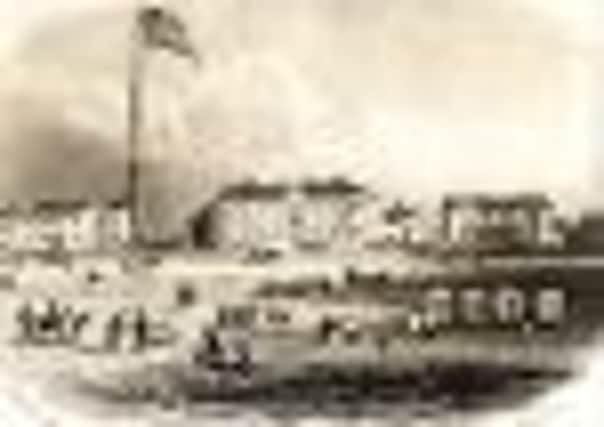Charlie flies flag


Miss L R Fairhaven.
THE well-known Lytham Green flagstaff, known as Charlie’s Mast, is named after Charles Townsend, who was born in 1747, and was captain, at times, of two coastal vessels.
In 1786 he moved to Lytham, working as a boatman for HM Customs and Excise.
Advertisement
Hide AdAdvertisement
Hide AdIn 1828 his residence was near to where the Clifton Arms now stands. He died in 1829.
The earliest mention of a signalling mast was in Baines Directory of 1824-25, and it was aid to be near the Windmill. The 1844 Ordnance Survey Map shows a signal pole on the edge of the beach, opposite Queen Street, close to where Townsend used to live.
The first recorded name in 1845 mentions flags flying from ‘the mast Charley’.
In 1861 the mast was used to fly the storm cone.
For many years there were two figureheads from wrecks at the base of the mast.
Advertisement
Hide AdAdvertisement
Hide AdFlags were traditionally hoisted on the Squire of Lytham’s birthday, and for local events, by Thomas Miller, of nearby Henry Street.
A controversial event occurred in 1878 when an effigy of Mr William Gladstone was found hanging from the yardarm.
The mast has been renewed on several occasions, including 1921,1959 and 1976.
This information is taken from ‘Victorian Lytham’, published in 2008, by local author Brian Turner.
Alex Maitland and Matt Warhurst.